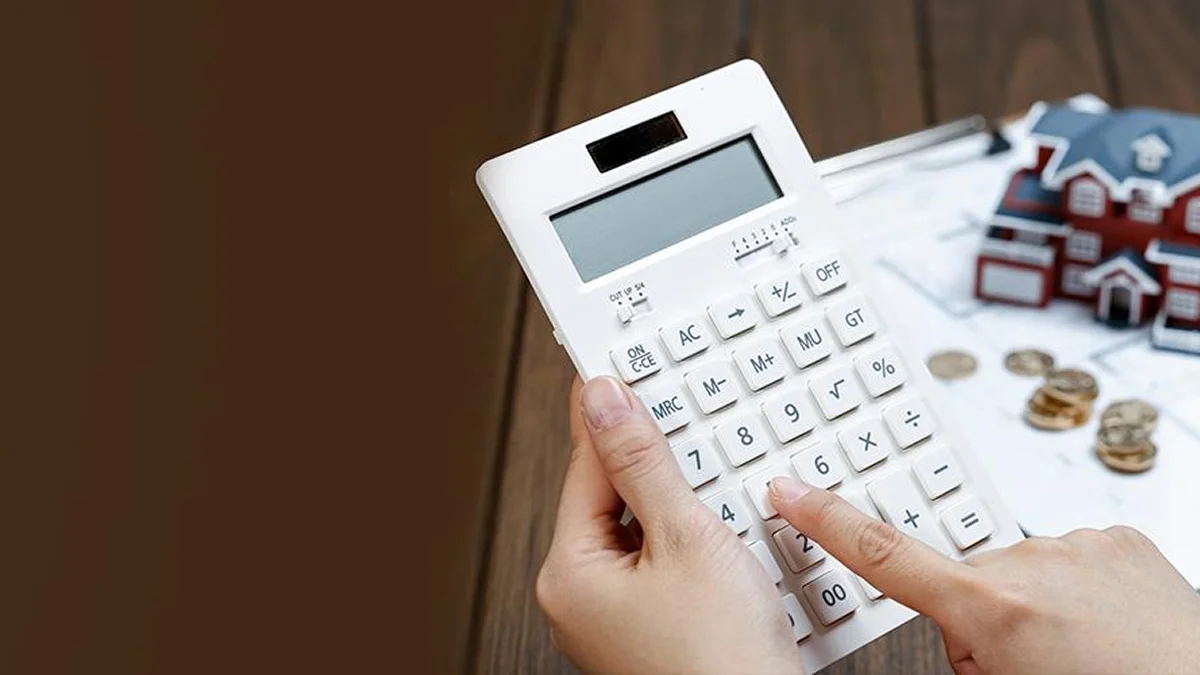Amortization is a fundamental concept in accounting that plays a crucial role in recognizing and allocating certain expenses over time. It is primarily associated with intangible assets and loans. In this comprehensive guide, we will delve into the definition, importance, and calculation of amortization in accounting.
Amortization Definition and Importance

Amortization refers to the process of spreading the cost of an
intangible asset or a loan over its estimated useful life. It is a
systematic way of recognizing the expense associated with these items,
reflecting their gradual consumption or reduction in value.
Amortization holds significant importance in accounting for several reasons:
- Expense Recognition: It ensures that the costs of intangible assets, such as patents, trademarks, and copyrights, are allocated as expenses over their useful lives. This aligns with the matching principle, which requires expenses to be recognized in the same period as the related revenue.
- Asset Valuation: Amortization helps in maintaining a realistic valuation of intangible assets on the balance sheet. As these assets are consumed or become obsolete over time, their carrying value should decrease to reflect their reduced worth accurately.
- Loan Repayment: In the context of loans, amortization pertains to the systematic repayment of the principal amount and interest over the loan term. It ensures that borrowers gradually reduce their outstanding debt, making it manageable.
- Financial Reporting: Properly accounting for amortization is essential for accurate financial reporting. It provides stakeholders with a clear picture of a company's financial health and the true cost of its intangible assets or the status of a loan.
ALSO READ :- Amortized Loan: Meaning & How Does It Work?
How to Calculate Amortization in 5 Steps?
Step 1: Gather Necessary Information
Before you can calculate amortization, you need to gather relevant
information. For intangible assets, this includes the asset's cost,
estimated useful life, and residual value. For loans, you'll need
the principal amount, interest rate, and loan term.
Step 2: Determine the Amortization Method
There are various methods to calculate amortization, with the
straight-line method, the effective interest rate method, and the
declining balance method being common approaches. The choice of method
depends on the nature of the asset or loan and accounting
standards.
Step 3: Calculate the Amortization
Expense
Using the selected method, compute the
amortization expense for each accounting period. For intangible
assets, this typically involves dividing the asset's cost minus its
residual value by the estimated useful life.
Step 4:
Update the Amortization Schedule
Create an
amortization schedule that outlines the amortization expense for
each period. This schedule serves as a reference and ensures
accurate accounting over time. It helps in tracking the reduction in
the carrying value of assets or the outstanding balance of a
loan.
Step 5: Record Amortization Entries
Make journal entries to record the amortization expense in your
accounting records. Debit the amortization expense account and credit
the corresponding asset or liability account. These entries should be
made at the end of each accounting period.
Common Questions About Amortization in Accounting
Why Is Amortization Important in Accounting?
Amortization is vital in accounting as it aligns with the
principle of matching expenses with revenues. It prevents the
overstatement of assets' values and provides a systematic way to
recognize the consumption of assets' economic benefits over time. This
accurate expense recognition ensures transparent financial
reporting.
Amortization vs. Depreciation: What's the
Difference?
While both amortization and depreciation
involve spreading the cost of assets over time, they differ in their
application. Amortization applies to intangible assets and loans,
whereas depreciation is used for tangible assets like buildings,
machinery, and vehicles.
Examples of Amortization in Real-Life
Accounting
Real-life examples of amortization include
the gradual expense of patents, trademarks, copyrights, and the
repayment of loans like property mortgage
loan and used car loan. These
processes ensure that expenses and liabilities are appropriately
recognized over time, reflecting their economic impact on the entity.
Conclusion
Amortization in accounting is a fundamental practice that facilitates accurate financial reporting and aligns with the matching principle. By following the prescribed steps and methods, businesses can effectively manage their financial obligations and asset valuations, contributing to informed decision-making and sustainable financial health.
Amortization ensures that expenses are recognized as incurred, allowing businesses to accurately track their financial health over time. It is crucial for businesses that deal with intangible assets, such as patents, copyrights, and trademarks. These assets have a limited useful life. Amortization allows companies to allocate the cost of these assets over their estimated useful life, providing a more accurate representation of their financial position.
Another significant application of amortization is in loan repayment. The loan payments are typically amortized, meaning they are spread out evenly over the loan term. This ensures that borrowers gradually reduce their outstanding debt, making it more manageable.
In conclusion, amortization is a critical concept in accounting with various applications. Whether it's recognizing the expense of intangible assets or managing loan repayments, understanding and correctly applying amortization principles is essential for accurate financial reporting and effective financial management.
*T&C Apply
We take utmost care to provide information based on internal data and reliable sources. However, this article and associated web pages provide generic information for reference purposes only. Readers must make an informed decision by reviewing the products offered and the terms and conditions. Loan disbursal is at the sole discretion of Poonawalla Fincorp.
*Terms and Conditions apply